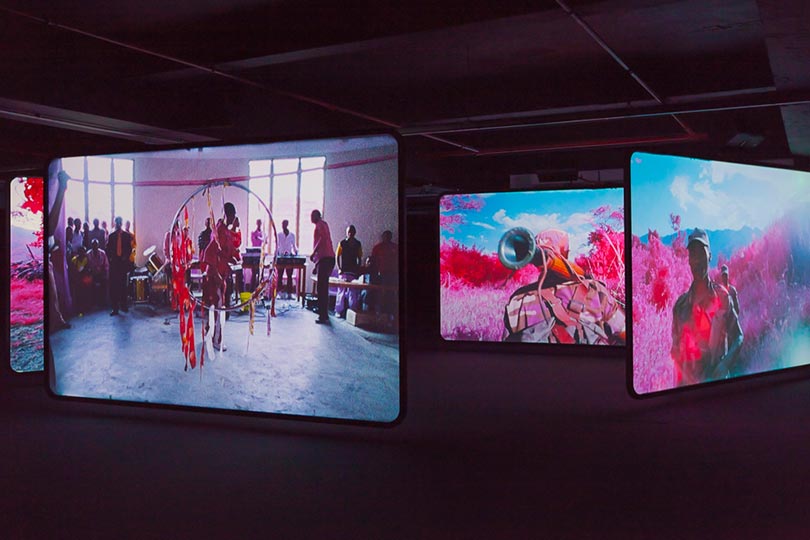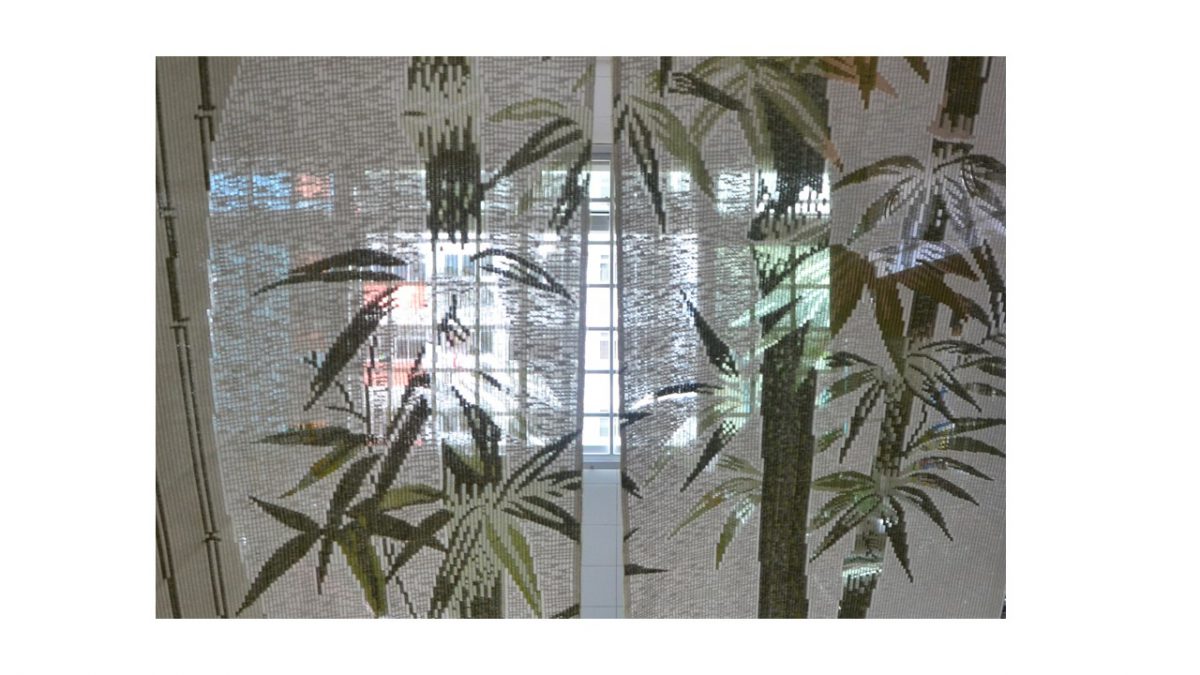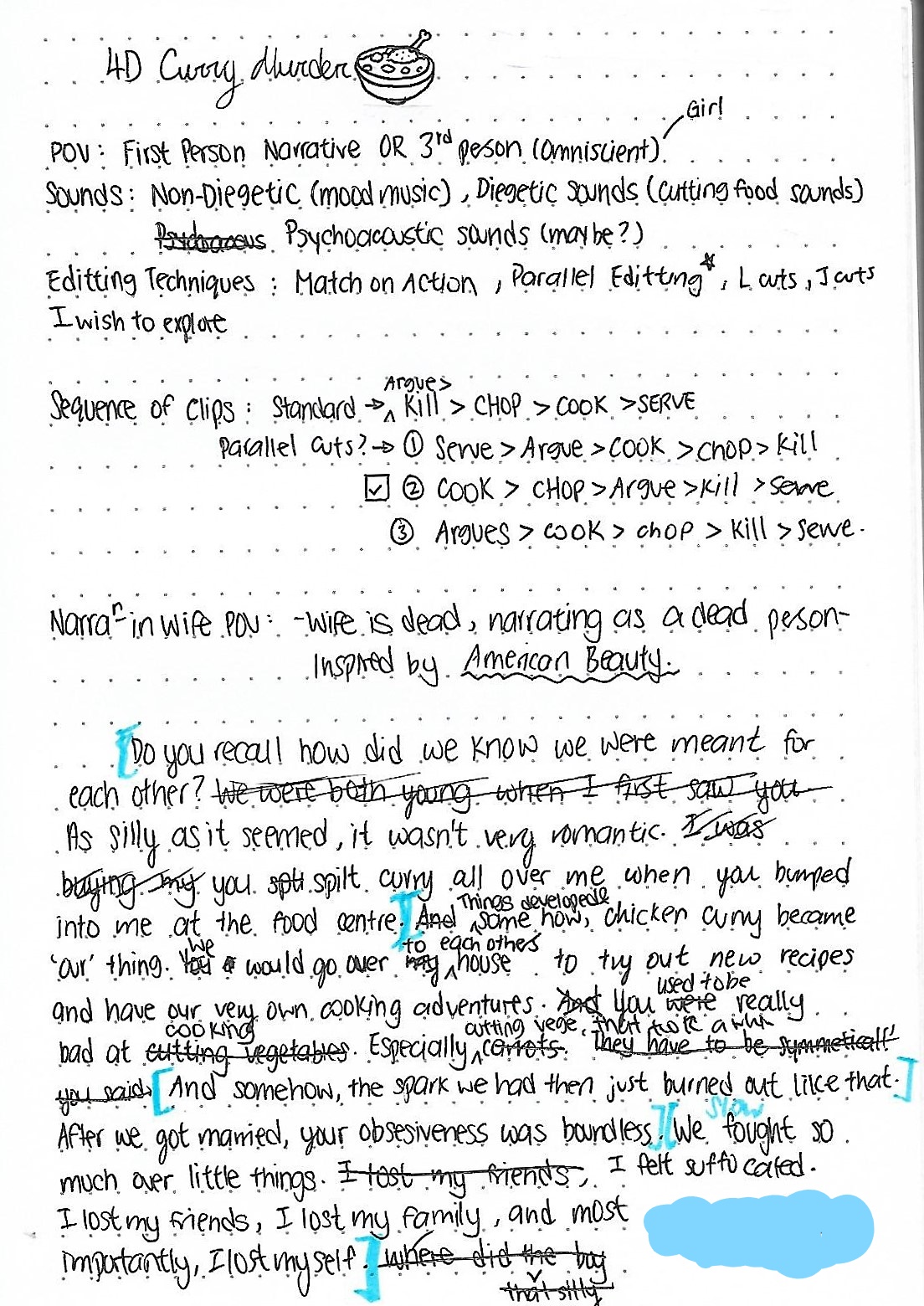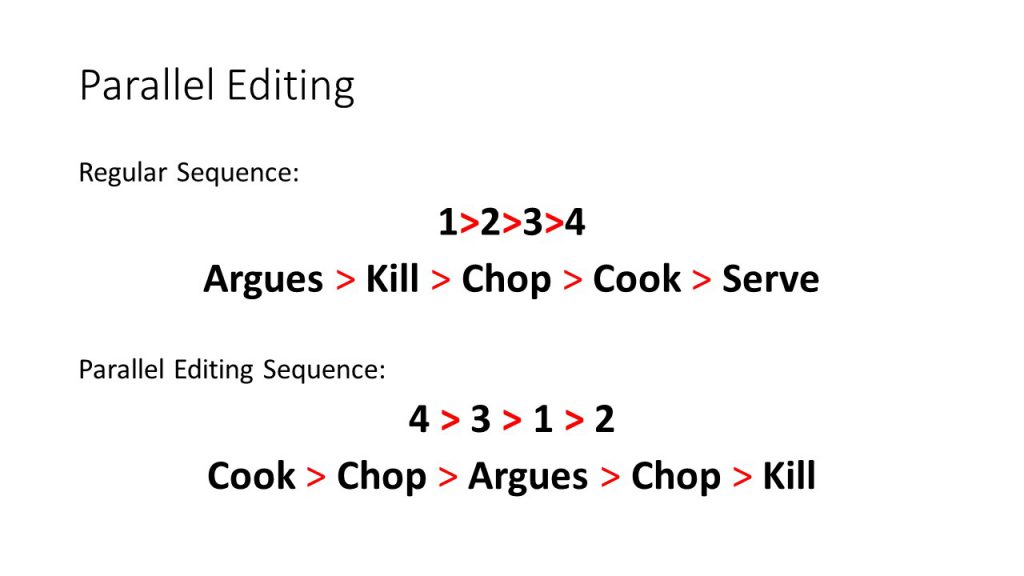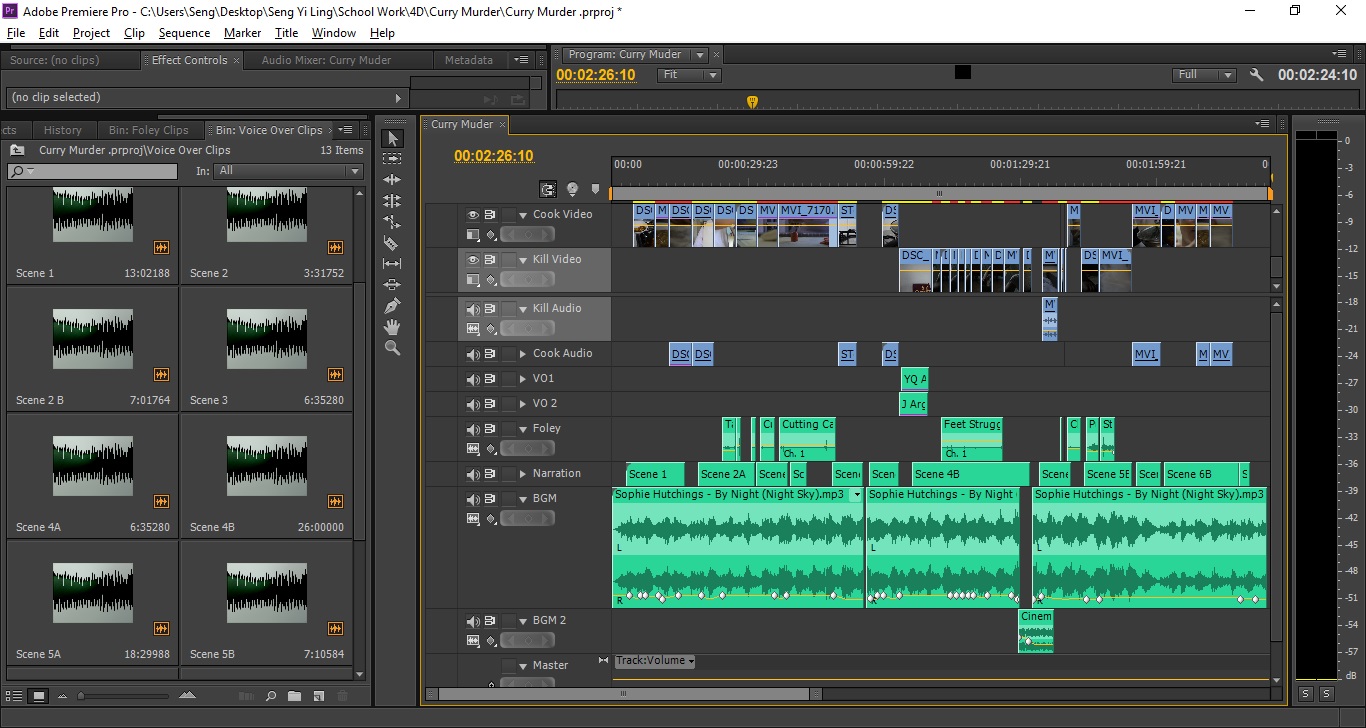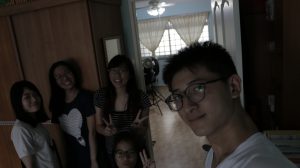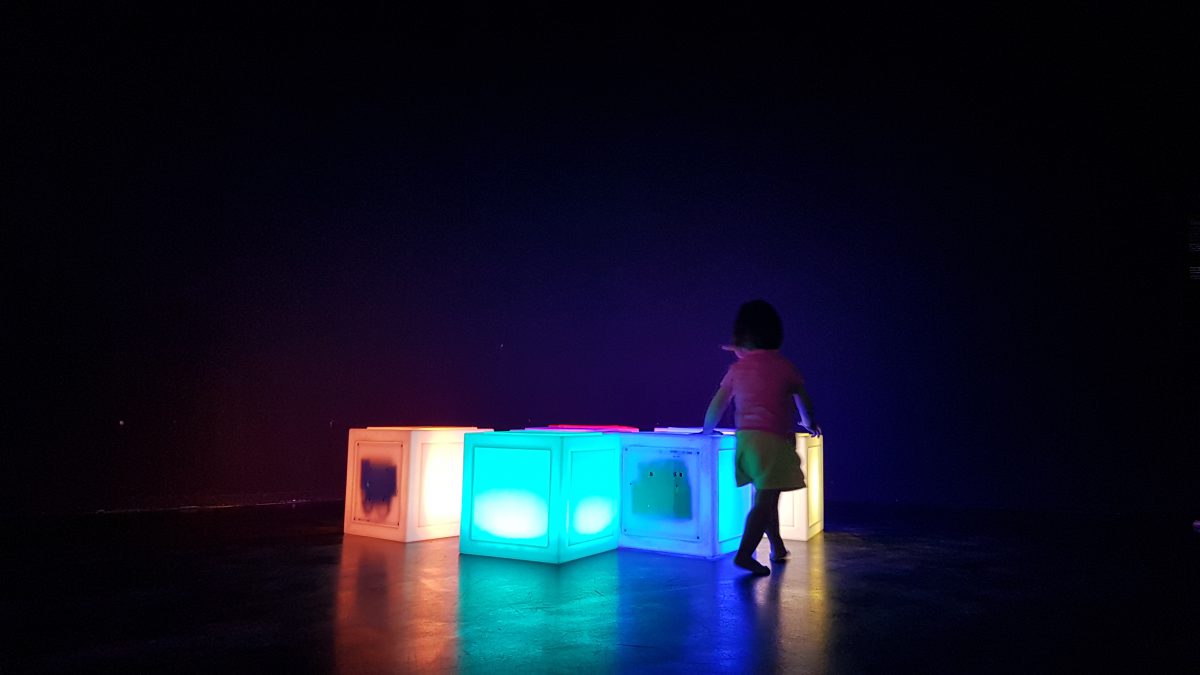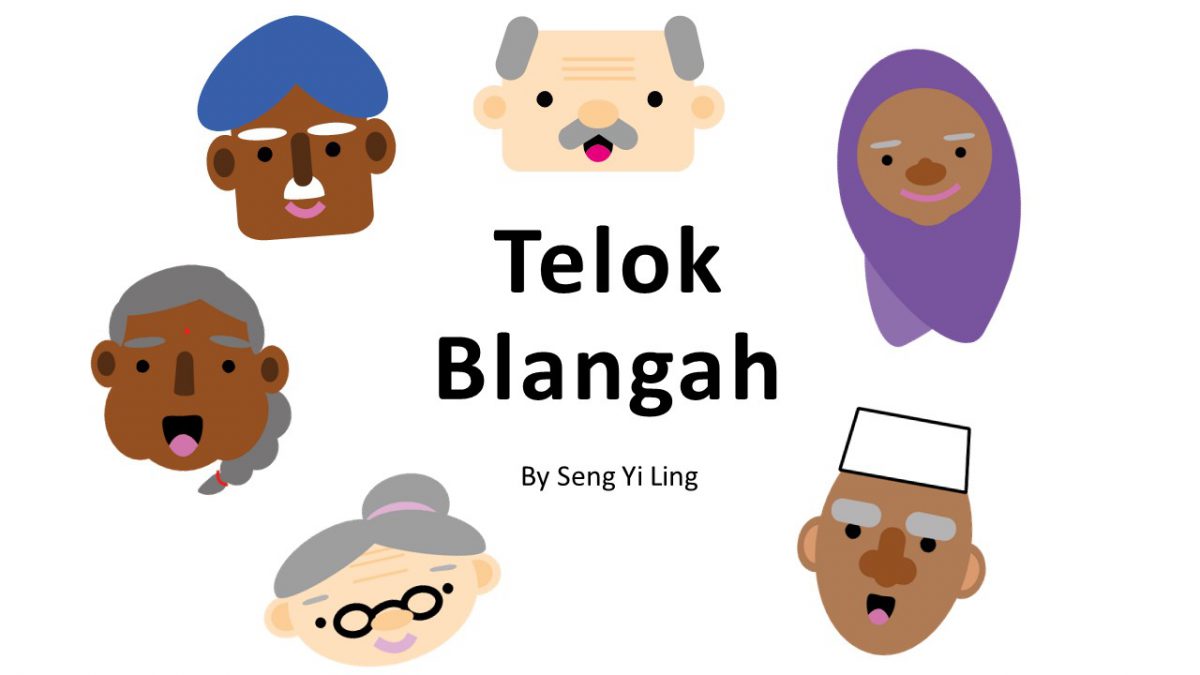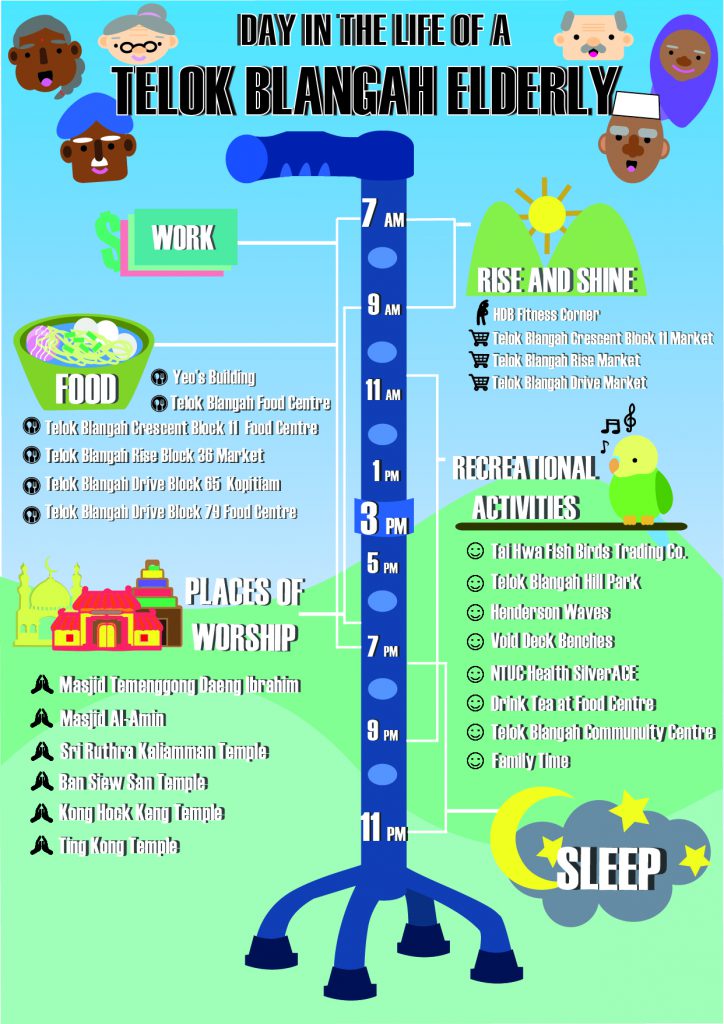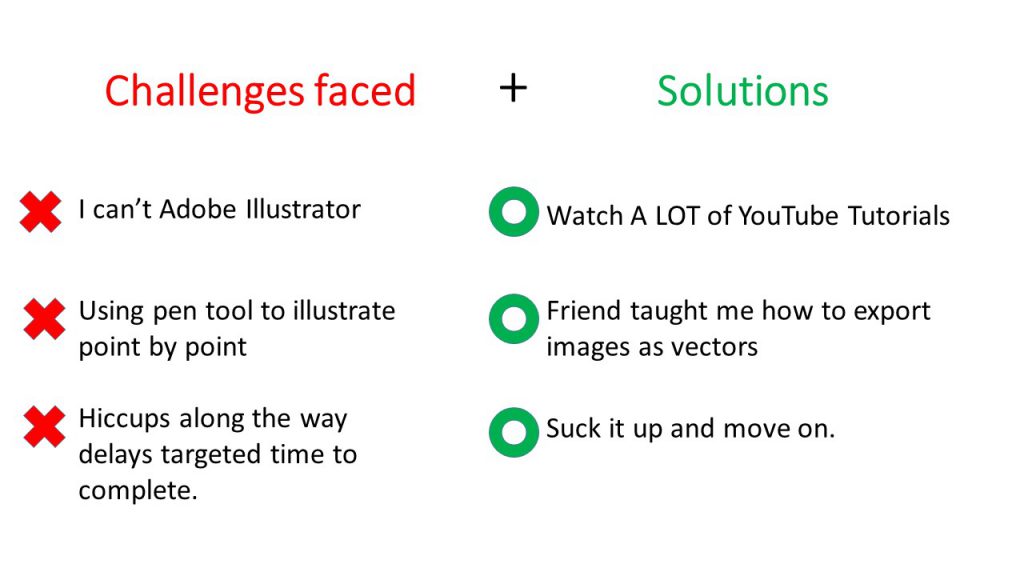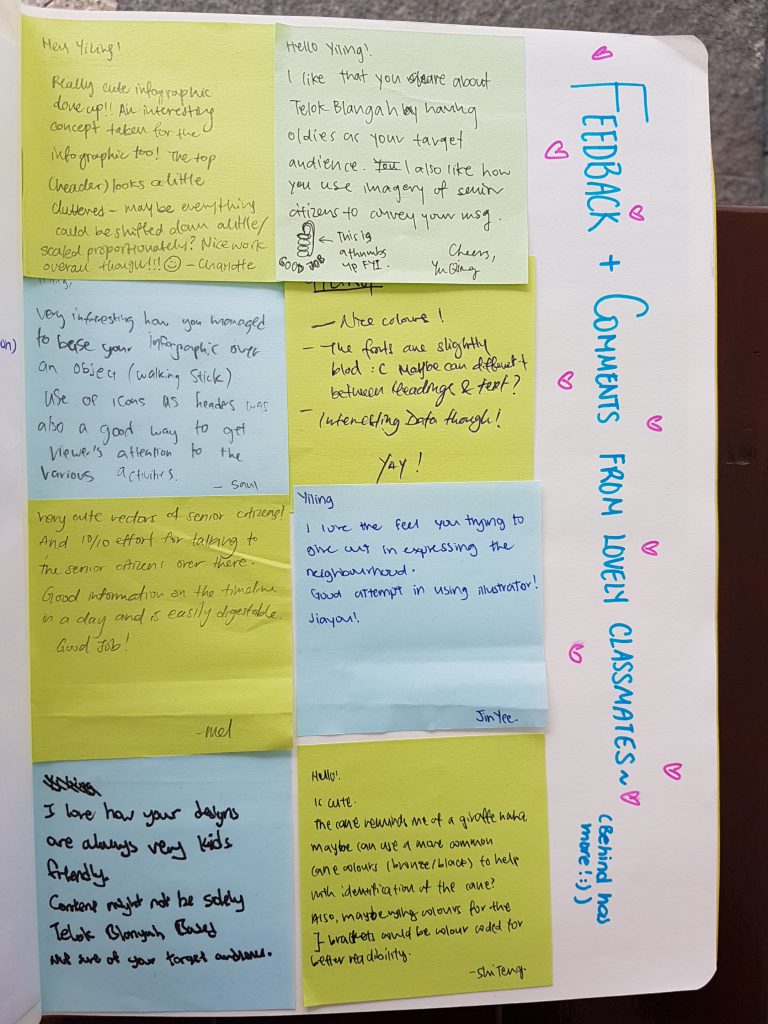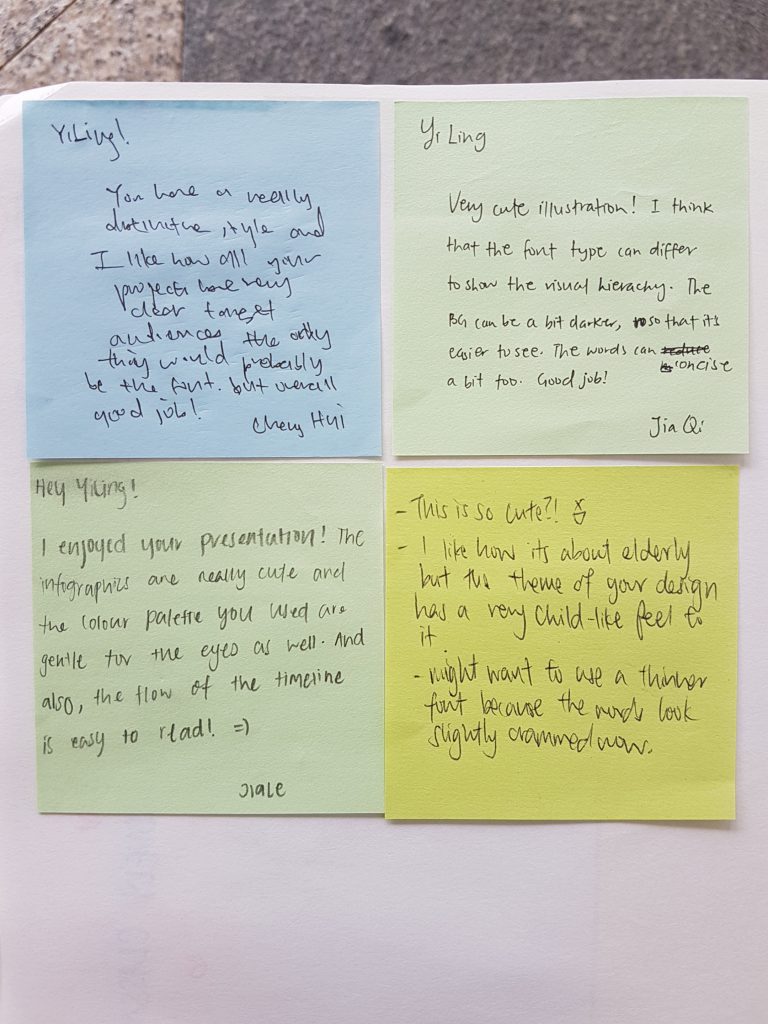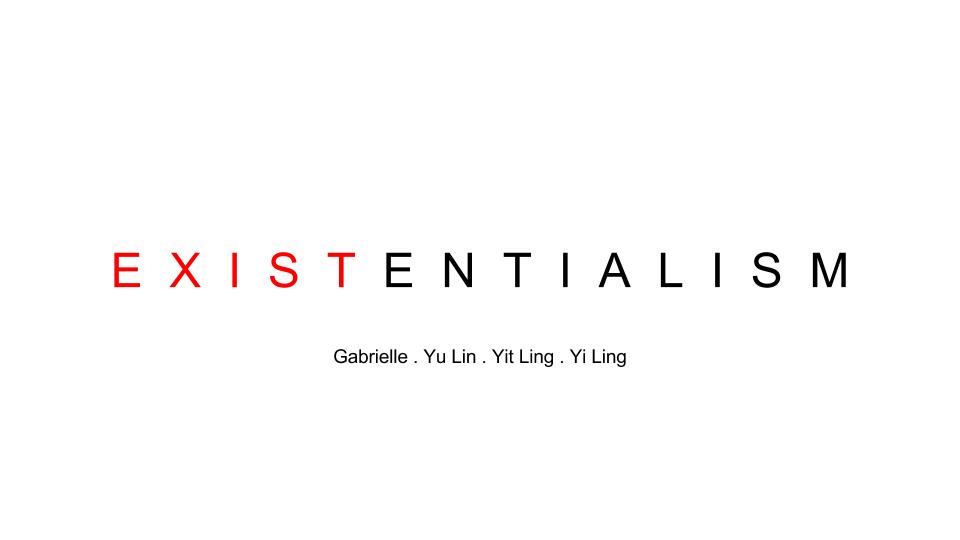
Our Group Proposal
Main Idea:
Our idea for this narrative site specific location is a set up in a post apocalyptic abandoned Singaporean bunker. The premise is that the room once belonged to a family of 3, and was abandoned after an unseen environmental calamity. The audience’s role will be to explore the space and slowly see what happened to the previous occupant, contemplate their place in the world, and possibly how to get out of the confined space.
The focus of the set will be on lights, sounds, and interaction.
Themes:
- Existentialism (Feeling like a small person in a big world)
- We want the audience to question who they are in the world and make them feel ‘small’, by showing them how people can just get up and disappear, leaving behind everything they value, and thus making them question if anything they do really matters if they can be wiped off the earth so easily.
- Memories
- Change (Isolation, loss)
- In our hectic world, we are only able to slow down and think only when everything we know is gone. No distractions and no one around. This is when we are truly ourselves.
- Forces the audience to slow down and think about themselves once all people/distractions are not in their immediate surroundings
Planned location:
- ADM print room on second floor
- One of the crit rooms
- A small room
Lights:
- Use of projection with video documentations of previous occupants, different portraits in black and white grain (Surveillance type)
- Galaxy projection
- Painting on transparency like in the project “Stellar”
- To create another dimension within the same space. It also makes the room look futuristic which fits our post apocalyptic bunker set
- It also gives the feel of floating away from your current reality into one of contemplation and reflection
- Putting coloured transparency or cellophane paper against flashlights to create a coloured lightbox effect.
Sounds:
- Futuristic sounds (Soft siren whine, radio noise, fan whirring)
- An omnipresent narrator narrating in an ASMR style
- ASMR as it can be comforting when tranquil, but as well as discomforting when you’re in a crisis
- Undecided whether it will all be the same voice or different person to each object
Interaction:
- Mirrors/reflective surfaces, seeing your reflected self everywhere
- You are only with yourself.
- Emphasizing the feel of isolation and the audiences’ place as a human being in a world larger than they thought before. In the room, there are no people, only the items they left behind and ghost images of the audience themselves.
- Tangible items strewn around them that can be picked up
- Triggers a unanimous, nostalgic emotional memory in audiences
- E.g. A worn-out doll, old music box, plane ticket etc.
- At the same time, the narrator will be narrating a memory associated with each of the items around the audience
References:
- Stan Brakhage “Stellar” – Inspired to steer our light logistics according to his methods as well as to obtain the galaxy feeling which is crucial for our theme, so as to evoke a sense of loneliness and isolation in a vast space.
- Black Mirror (Mirror/ reflective surfaces), our theme is similar in exploring memories and loneliness.
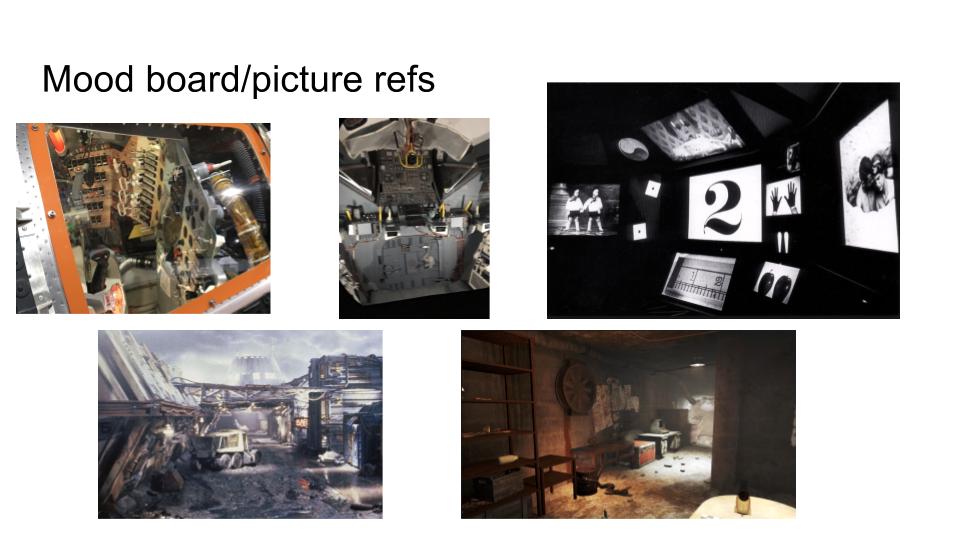 Methodology:
Methodology: - Audience is brought into a dark room and made to lie down on some mats (childcare type)
- They open their eyes, facing the ceiling projection of the slowly shifting galaxies
- Story is that since civilisation (people around you) is gone, it’s easier to pay attention to the environment around you with no rush.
- Around them are objects belonging to others, but most likely will trigger some sense of nostalgia and own memories to come forth. It makes you think of your own life. Your existence.
- The narrator will be giving some history behind each of the object under the guise of the previous owner, prompting the audience to consider what the object means to them
- The whole experience in own space is subjective. It is for you to explore your own existentialism and existence.
Really hope that our installation will be really awesome!! SO EXCITED!! 😀
Stay tuned to our documentation post soon!!! ;D
Cheers,
Seng Yi Ling

 Allie Mc Burroughs by Evans Walker in 1933.
Allie Mc Burroughs by Evans Walker in 1933.